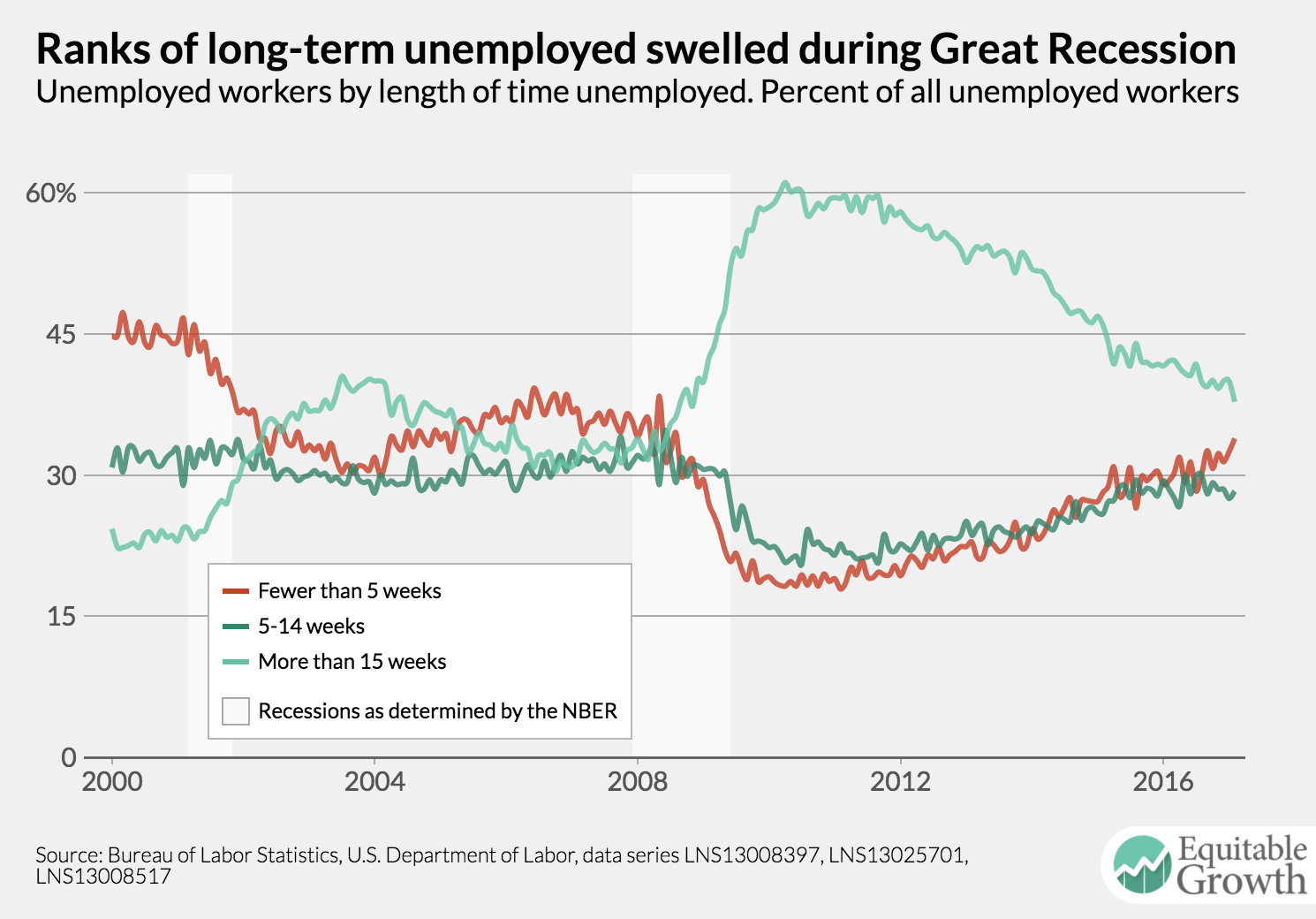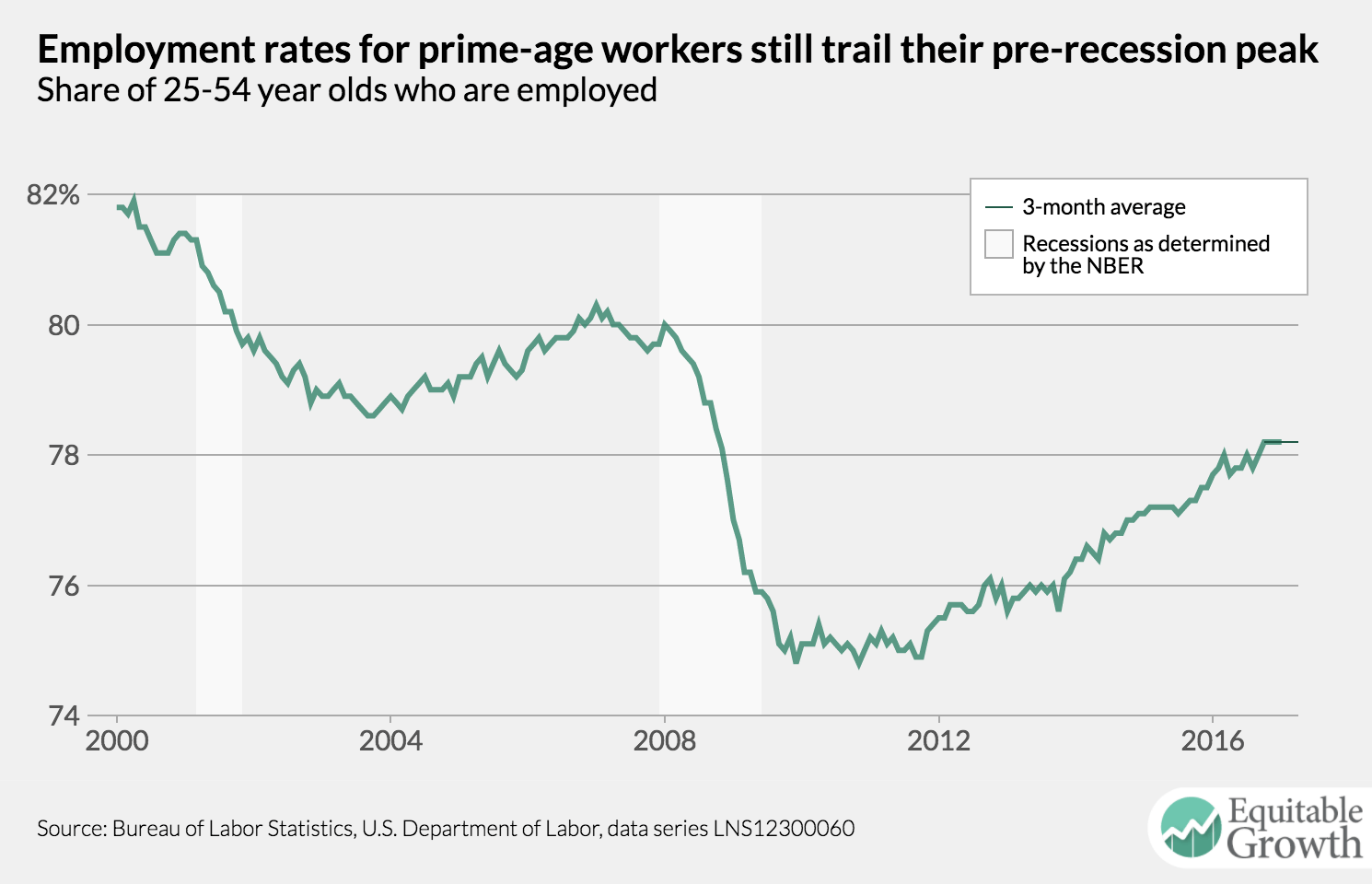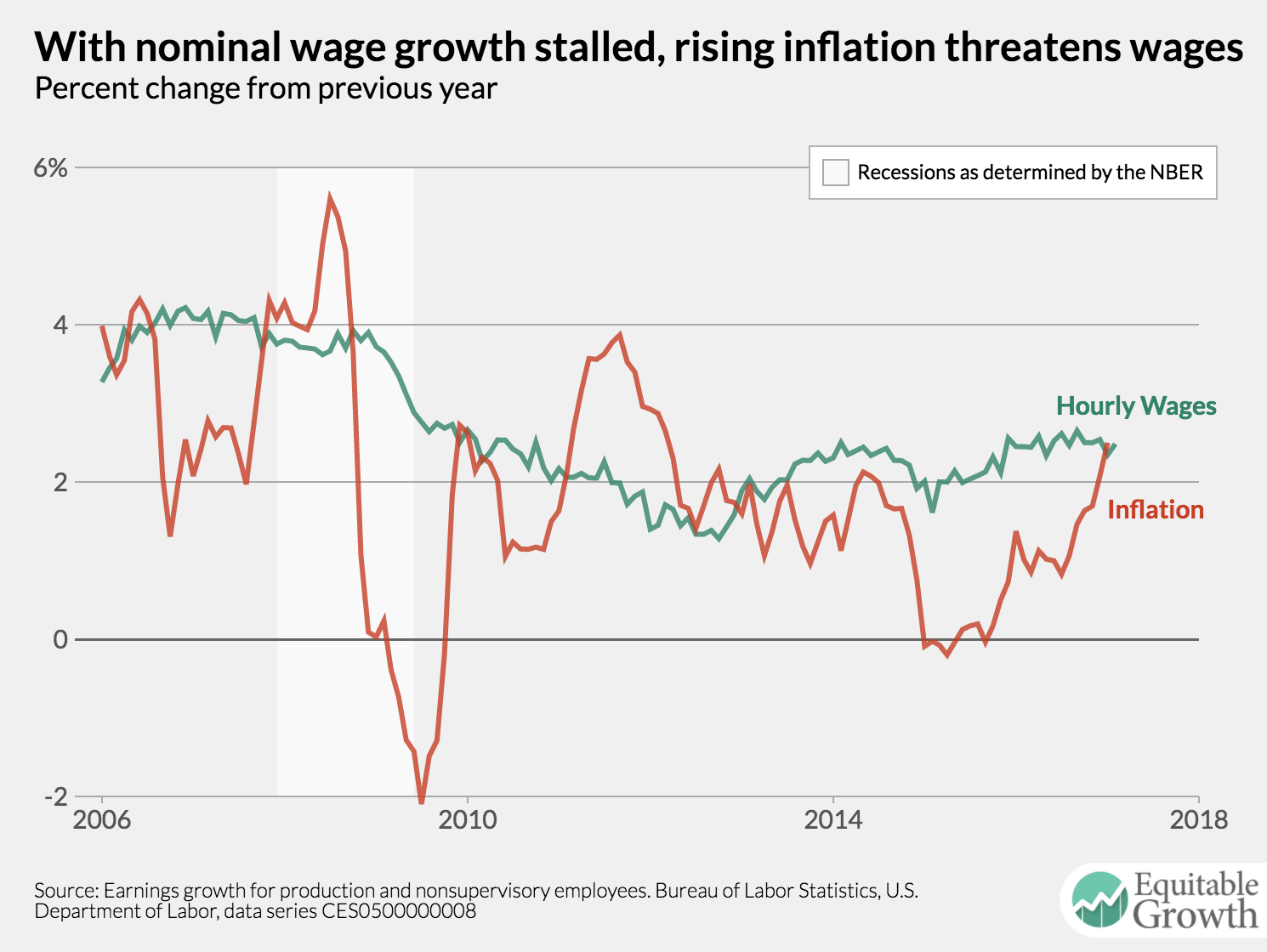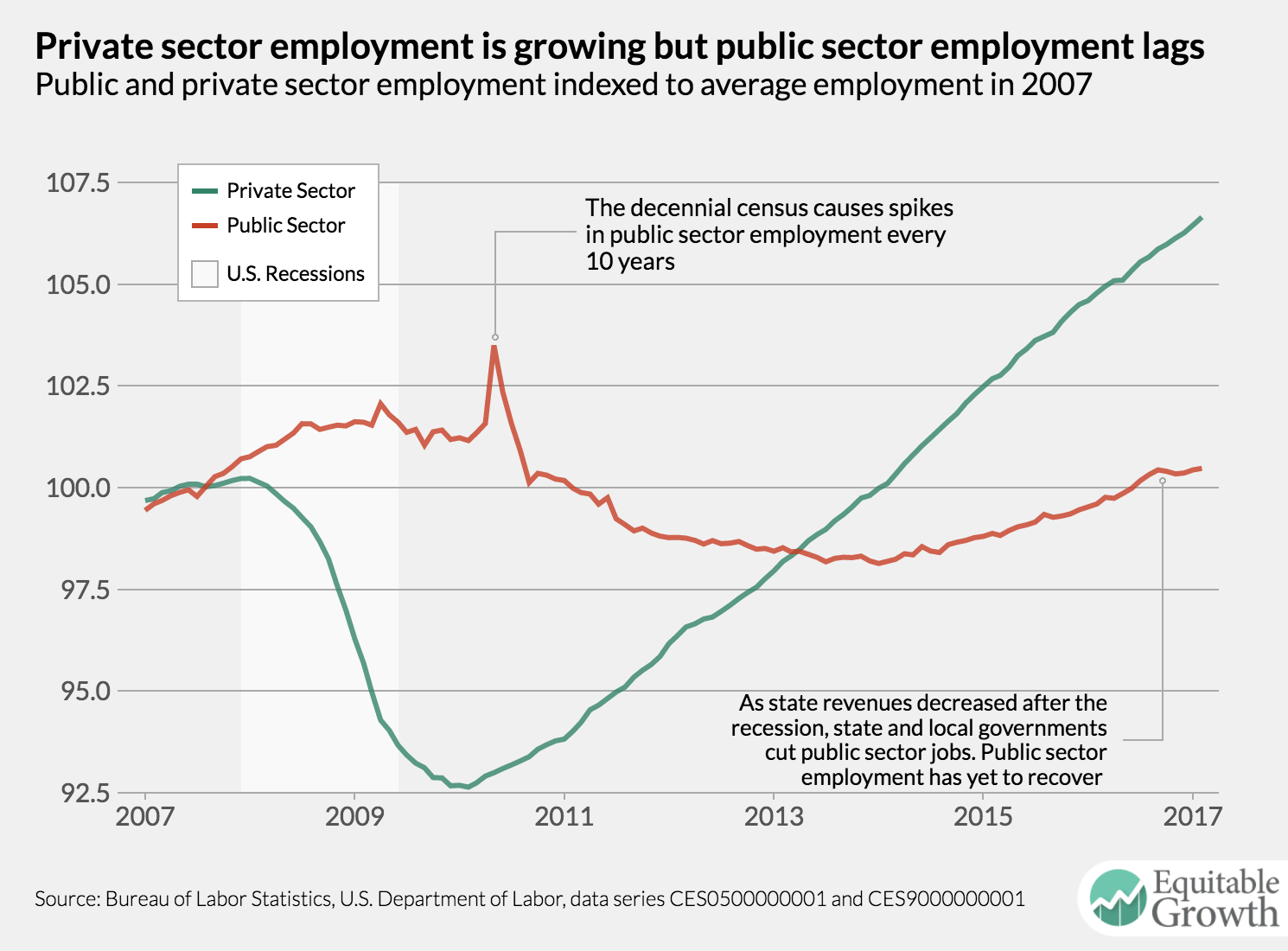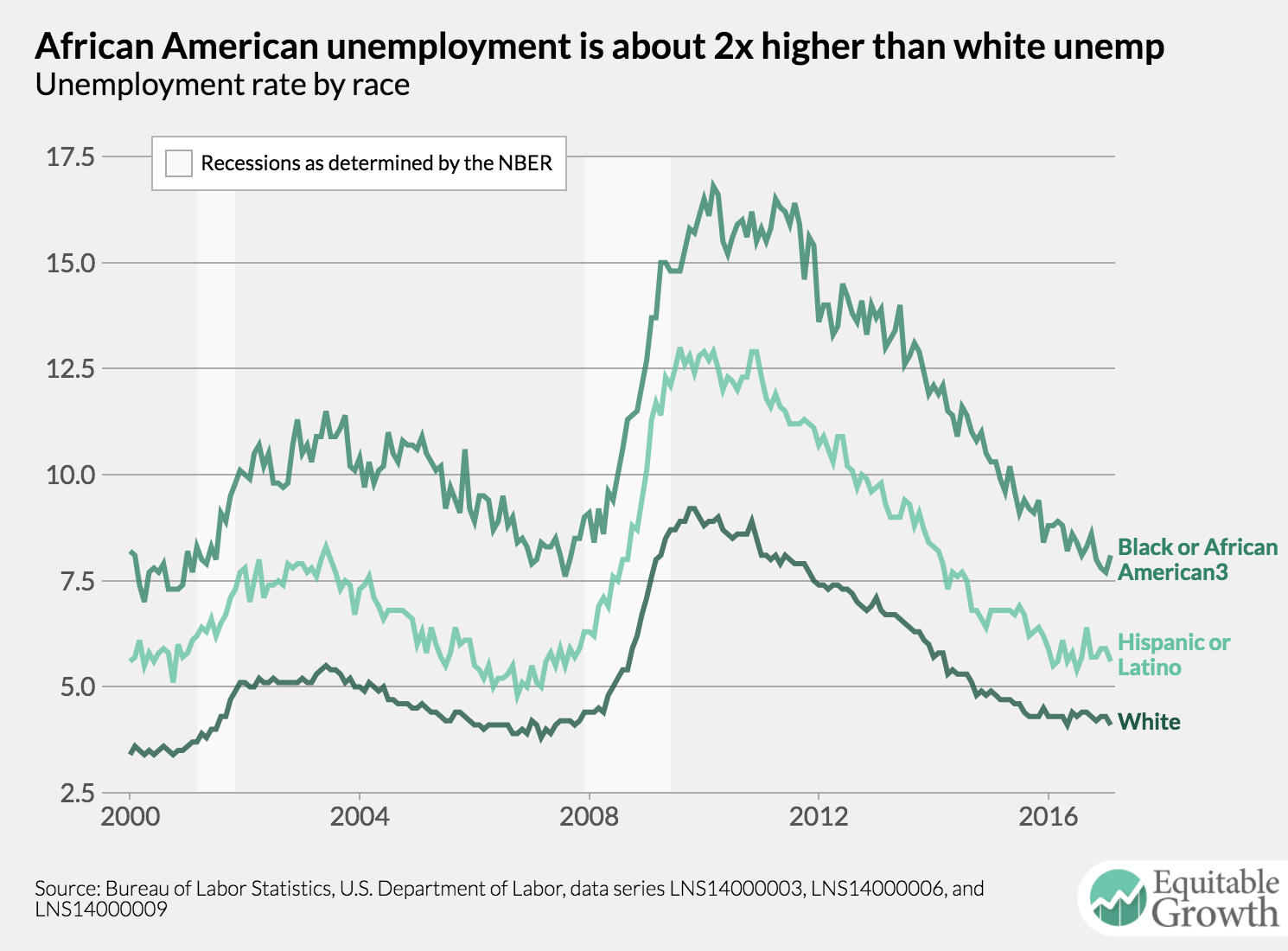Must-Read: Aaron Carroll: The Republicans’ “American Health Care Act”: “I’m trying to describe the bill in a few words as I can manage…
…Their continuous coverage plan could actually make adverse selection worse… [the] healthy… go[ing] without insurance… [and then paying a] one year 30% increase in premiums…. There’s a fair argument to be made that this is Obamacare Lite…. But this is still a big difference from the ACA. The subsidies shift away from the poor to others… Medicaid undergoes a huge sea change in 2020. It’s a bill. It desperately needs a CBO score.
The Republicans’ “American Health Care Act” in as Few Words as Aaron Carroll Can Manage
One Table:
Twenty-Three Talking Points:
- Medicaid:
- The bill leaves the expansion intact–for now.
- This bill incentivizes states to sign up as many people as possible so that they qualify for a higher match amount in 2020.
- In 2020 Medicaid becomes a block grant program
- Lottery winners are not eligible for Medicaid. They spent a full six pages of the bill discussing this. I have no idea why.
- Disproportionate hospital payments are restored immediately to states that didn’t expand Medicaid, and to all states in 2020.
- Subsidies and Costs
- Age bands from 3:1 to 5:1.
- If continuous coverage lapses for 63 days in a year, charged a 30% premium for 12 months.
- Subsidies now called tax credits–they were tax credits before). But now they’re not based on how much you earn; they’re based on how old you are.
- A 27-year-old will get $2000, a 40-year-old will get $3000, and a 60-year-old will get $4000. That’s true if they make $20,000 or $75,000.
- Non-young poorer people are going to have a much harder time affording insurance.
- Old rich people are in for a windfall.
*Exchanges:
* No more individual mandate or employer penalty:
* Insurance companies will hate that:
* Adverse selection.
* Made worse ironically by the 30% penalty for late enrollment. Healthy people, once they’re out, simply won’t buy coverage until they’re sick–cause you’ll get the same penalty no matter what. Death spirals much more likely.
- Untouched:
- Young adults can are still covered by family plans.
- Guaranteed issue and community ratings.
- Essential health benefits remain intact.
- Annual and lifetime limits are still banned.
- Aaron’s thoughts:
- A reduction in insurance coverage.
- No deficit reduction—unless the plan is for deep, deep cuts to future Medicaid.
- Obamacare Lite.
- It’s a bill. It desperately needs a CBO score.
Five Questions:
- Why do this?
- If this is a bill crafted for Reconciliation, what is the follow-on strategy for non-budgetary parts of the system?
- There is nothing in this bill to make it fit the Byrd Rule requirements for deficit reduction: how can it be fit into the Reconciliation box?
- Who—besides Republican politicians who have promised to repeal ObamaCare—wants to see this bill?
- Is this intended to pass? Or is this intended to be blocked by Democrats and RINOs?


